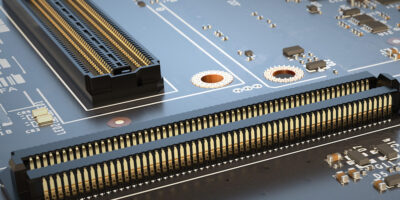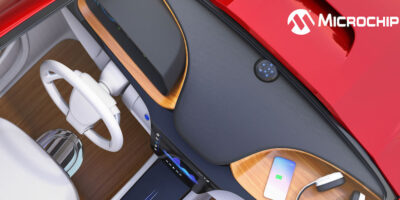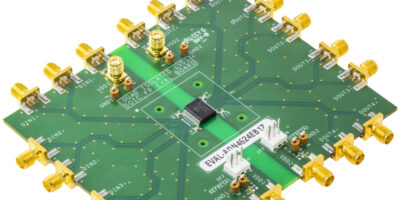Artificial intelligence (AI) accelerators, ASIC emulators and next-gen edge computing benefit from the PICMG COM-HPC Interconnect, says Samtec, at the release of its AcceleRate HP high performance arrays. AcceleRate HP supports 112Gbits per second PAM4 extreme performance in a micro footprint.
Samtec’s AcceleRate HP high performance arrays feature an open pin field array which maximises grounding and routing flexibility. System architects can route high performance differential pairs, single ended signals and high current voltage rails via the same interconnect.
The 2.2, 2.4 and 2.2mm row pitch eases routing of differential signals. Crosstalk is improved with the increased space and with more ground vias around the differential signals.
The arrays include dense 0.635mm pitch, a low profile 5.0 and up to 10mm stack heights. Up to 400 pins are available. Samtec has also published a roadmap to develop arrays with 1,000 or more pins.
The AcceleRate HP high performance arrays are data rate compatible with PCIe 5.0 and 100 GbE. The array has a BGA termination for easy assembly and self-alignment.
Founded in 1976, Samtec is a privately held manufacturer of a broad line of electronic interconnect solutions, including high speed board-to-board, high speed cables, mid-board and panel optics, precision RF, flexible stacking and micro / rugged components and cables.







